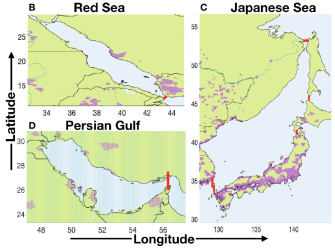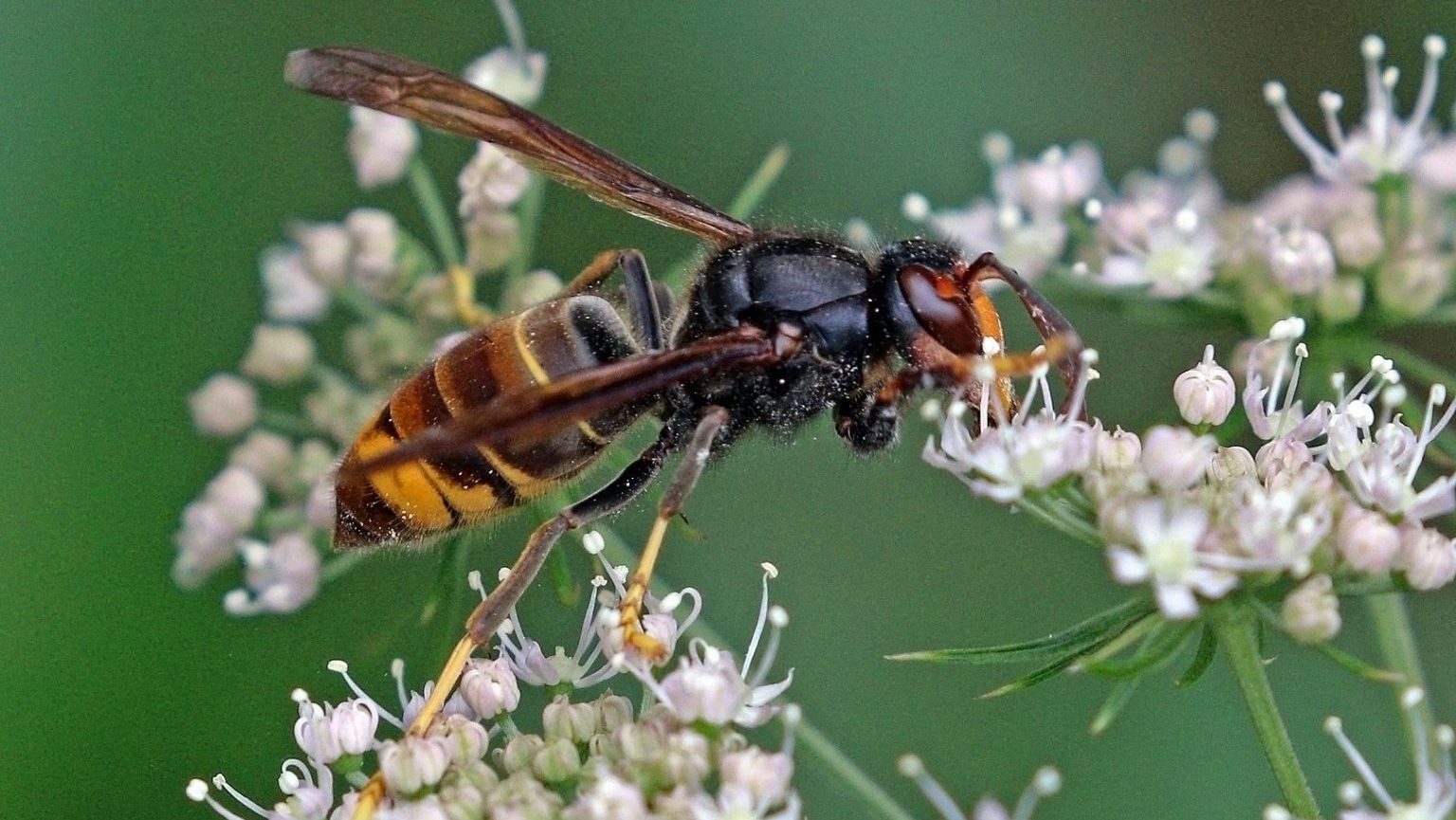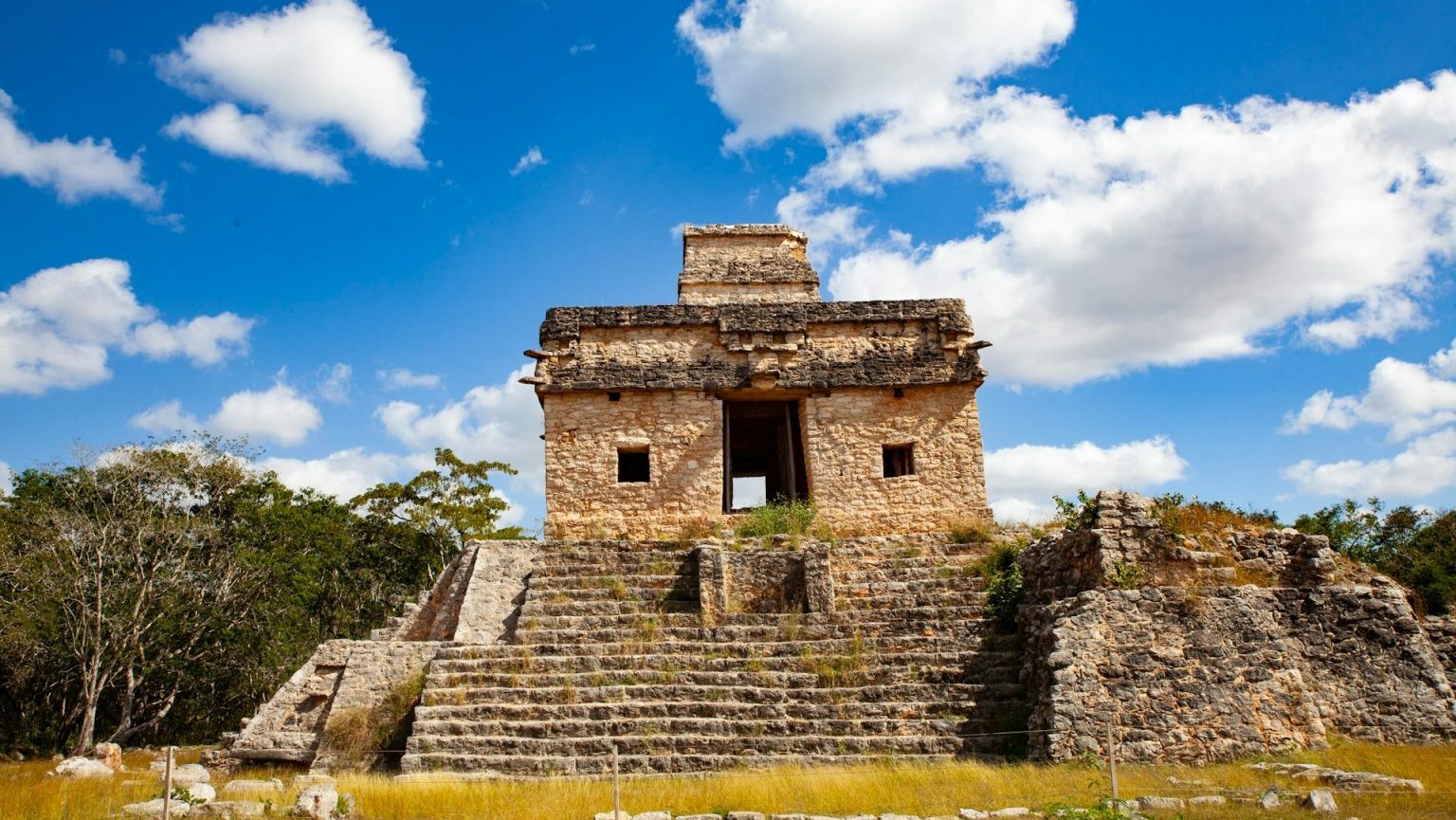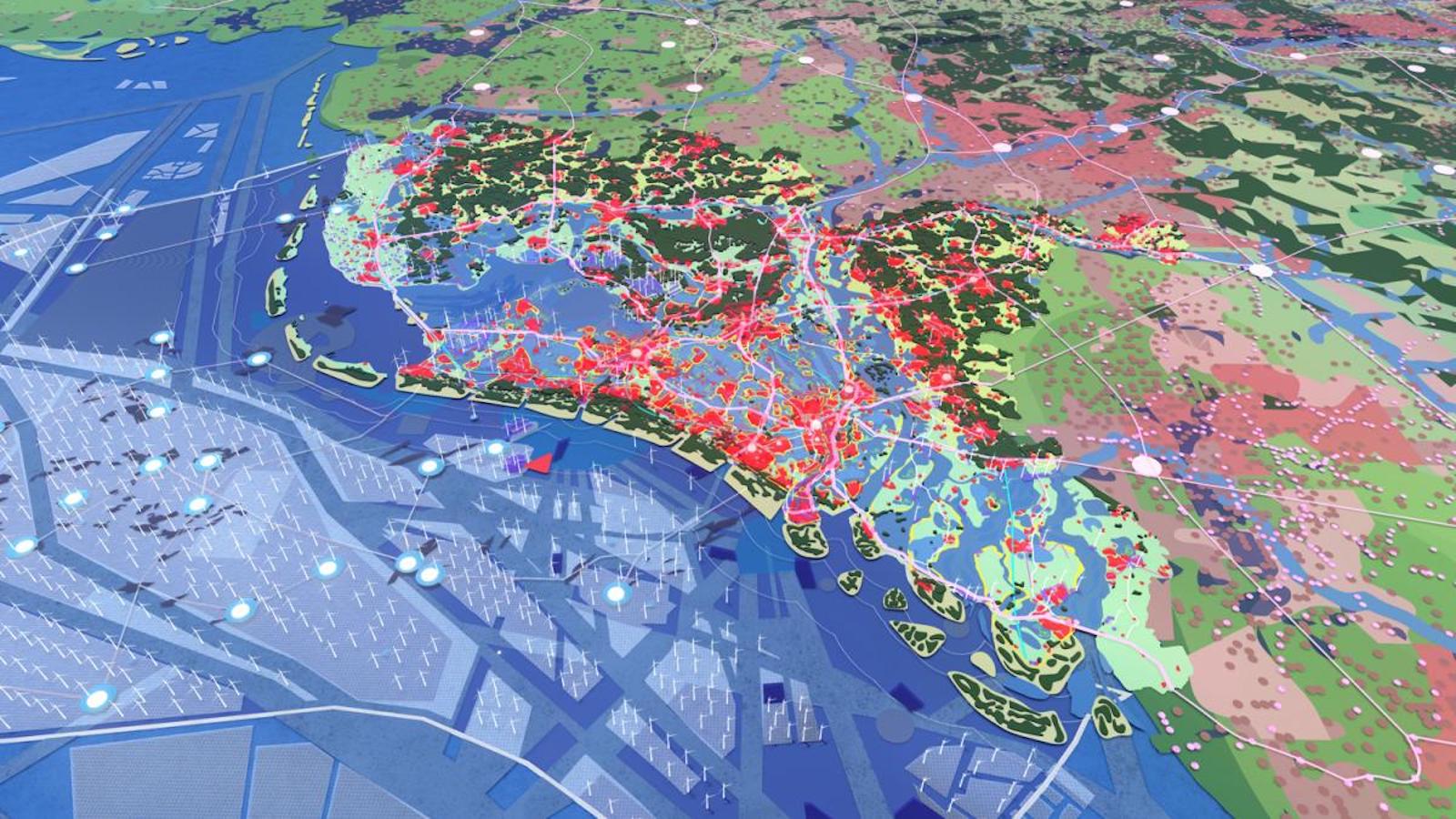Can these giant dams keep Europe from drowning?

Image: Groeskamp & Kjellsson
- The Northern European Enclosure Dam (NEED) would cut off the North and Baltic Seas from the Atlantic Ocean.
- It would save 15 countries, and up to 55 million people, from sea level rise—but at a cost.
- The idea is a warning more than a plan: NEED will be necessary if we don’t stop global warming now.

The top of a 4.5-m (15-ft) statue, some rooftops and a church spire are all that remains above water in Wieringerwerf, near Amsterdam, during the Wieringermeer flood of 1945.
Image: Nationaal Archief / Willem van de Poll / Anefo – CC0 1.0
Unprecedented scale
Climate change is real, and it’s bad. It’s also gradual and impersonal. That’s why it’s both tempting and easy to stick your head in the sand. Do that long enough, though, and you’re likely to drown, as sea level rise (SLR) catches up with you.
Here’s something that might shock you into action: A plan for a giant dam to protect 15 European countries from those rising seas. The project’s scale is unprecedented. Its cost phenomenal. But it’s still cheaper than all the alternatives—including doing nothing. All the alternatives except one: Taking action now against climate change.
Here’s how the situation looks today:
- Current global mean temperature is about 1°C (1.8°F) above pre-industrial levels.
- Rising temperatures cause rising sea levels, albeit with a lag. Global mean SLR is 18 cm (7 in) since 1880 and it’s accelerating.
- Current policies imply a further global warming of up to 3.1 °C (5.6°F) by 2100, so it’s virtually certain SLR will continue well beyond that date.
- The rule of thumb: For every extra °C, expect an SLR of 2.3 m (7.5 ft). Because of the lagging effect, SLR by 2100 would be ‘only’ 1 to 2 m (3.3 to 6.6 ft). But by 2500, it could be as high as 10 m (32.8 ft).
“The magnitude of that threat demands a solution that reflects the scale of the problem,” write oceanographers Sjoerd Groeskamp and Joakim Kjellsson. In a paper that has just been published in Bulletin of the American Meteorological Society, they propose the construction of a Northern European Enclosure Dam (NEED), that would disconnect the North and Baltic Seas from the Atlantic Ocean, thus protecting 15 countries (and millions of people) from the dangers of SLR.

Total length: Almost 400 miles. Total cost: Up to $600 billion. PInk dots: Areas with high population density.
Image: Groeskamp & Kjellsson
51 billion tons of sand
The logistics of their proposal are dizzying:
- NEED would consist of two major sections: NEED-South, a dam connecting France’s Breton coast (near Brest) with England’s south-west coast. It would measure 161 km (100 mi) in length, with an average depth of 85 m (279 ft) and a maximum depth of 102 m (335 ft).
- NEED-North would consist of several parts, linking the Scottish mainland to the Orkney and Shetland Islands, and from there to Norway. Its total length would be 476 km (296 mi), with an average depth of 127 m (417 ft) and a maximum depth of 321 m (1,053 ft) in the Norwegian Trench.
- NEED would have a combined length of 637 km (396 mi).
- NEED would have a combined volume of 36.2 km3 (8.7 mi3), which would require 51 billion tons of sand. That is equal to one year’s worth of global sand use.
- Total price for NEED: Somewhere between €250-€550 billion ($270-$600 bn).
- NEED would protect coastal communities in 15 countries, keeping the feet dry of 25 million to 55 million people; depending on SLR of between 2 to 15 m (6.6 to 49.2 ft), respectively.
Comparing NEED to alternative solutions—managed retreat, country-by-country mitigation—the oceanographers arrived at an alarming conclusion: “A solution as considerable as NEED might be a viable and cost-effective protection measure for even a few meters of SLR.”

What would happen to the Netherlands if the sea level rose by 1.8 m (6 ft): The blue area would flood.
Image: Rijksuniversiteit Groningen
Cheapest option
So, how do those alternatives pan out, exactly?
Since so much of most countries’ population and economies is located at or near the coast, the cost of doing nothing is extreme: Up to 10 times as high as the main alternatives, protection and retreat. Being scientists rather than politicians, Groeskamp and Kjellsson only considered the latter two.
- Managed retreat is a feasible option and is indeed being implemented in the Netherlands, for example, on a small scale. But large-scale retreat for SLR would involve forced migration of large numbers of people, widespread psychological trauma, massive loss of cultural heritage, and political instability at an international level.
- The combined cost of protection on a per-country basis would soon dwarf the cost of NEED. Again, the Dutch example. In a scenario of 1.5 m (4.9 ft) SLR by 2100, the Netherlands would need to spend up to €140 billion ($152 bn) on sea defenses. That alone amounts to about one-third of the total cost of NEED.
Indeed, despite its massive scale and massive cost, NEED would be the cheapest way to mitigate SLR.
- Spread out over 20 years, its cost would amount to at most 0.16% of the combined GDP of the 15 countries involved.
- Even if the cost were borne by the five local countries most likely affected by SLR (the UK, the Netherlands, Belgium, Denmark and Germany), it would still only amount to 0.32% of their combined GDP, tops.
“For SLR of even a few meters, we expect that the integrated cost of individual protection of all 15 countries together far exceeds the costs of constructing NEED,” write the paper’s authors.

Some other parts of the world where solutions similar to NEED could help safeguard coastal areas from sea level rise.
Image: Groeskamp & Kjellsson
Serious consequences
They are not presenting NEED as a panacea, however. Blocking off the North and Baltic Seas from the Atlantic Ocean will have far-reaching, and potentially serious consequences for the region’s ecosystems, economies and societies.
- Rivers will continue to discharge into the enclosed seas, and this alone will lead to an annual SLR of 0.9 m (3 ft). Around 100 major pumping stations would be needed to transfer that volume to the ocean.
- The continued discharge would also lead to a freshening of the basin, with salinity projected to reduce by a factor 10 over the course of a century. This would greatly affect biodiversity and fishing.
- The damming of the North Sea would produce important changes in the tidal amplitudes, on both sides of NEED. Inside, it would be greatly reduced. Outside, it would increase by up to 0.7 m (2.3 ft) along the coasts of Wales and southwest England. This would have a major effect on the circulation of sediment, nutrients and small marine life in the area.
- NEED would lock Europe’s four busiest ports—Rotterdam, Antwerp, Bremerhaven, Hamburg—behind a huge dam. New harbors would need to be built on the exterior of the dams, and/or sluices to accommodate the volume of traffic to the interior ports.
“Certain consequences will oppose people to the idea of constructing NEED. Alternative solutions, however, will undoubtedly also lead to irreversible environmental changes,” write Groeskamp and Kjellsson. Ideally, neither NEED nor its alternatives should be necessary, they say: “We hope that the mere suggestion of NEED as a solution (…) may instigate a thought process that sparks public awareness of the threat that SLR poses, possibly clearing a path for global-scale action to address long-term climate change-related threats.” Without such action, “SLR will lead to unavoidable and irreversible loss of physical places, cultural heritage and environmental and ecological systems.” Right now, NEED is a warning. But if nothing—or too little—is done, it may still become the least-worst option for saving north-western Europe from drowning.
‘NEED – The Northern European Enclosure Dam for if climate change mitigation fails’ by Sjoerd Groeskamp and Joakim Kjellsson, was published in the January 2020 Bulletin of the American Meteorological Society. Read it in full here. Image of Wieringermeer flood found here on Wikimedia Commons. Map of Netherlands flooding found here at Oog TV.
Strange Maps #1012
Got a strange map? Let me know at[email protected].





